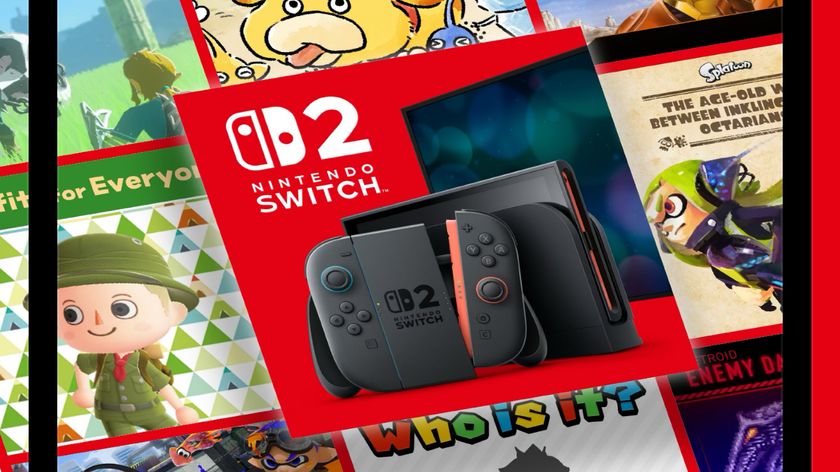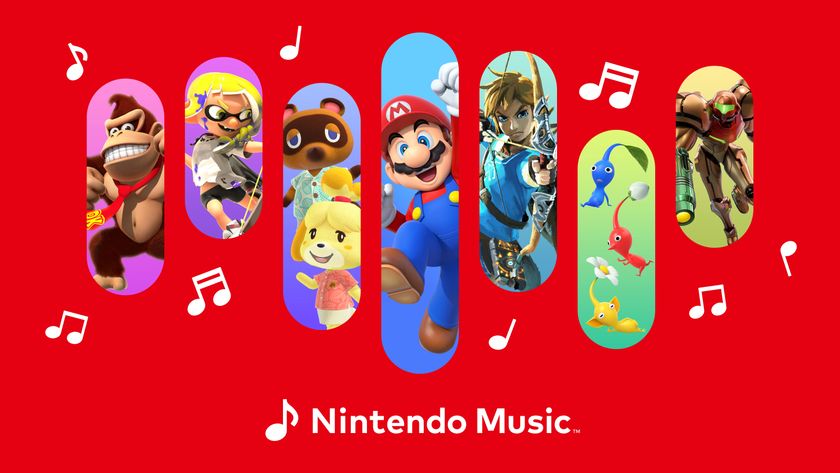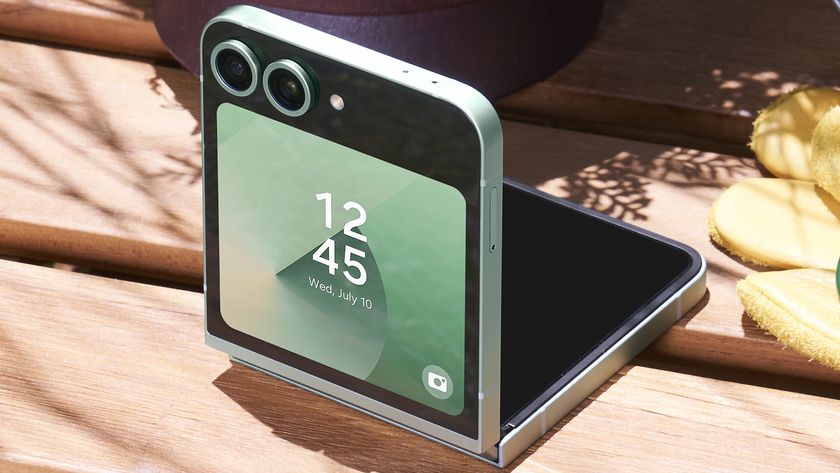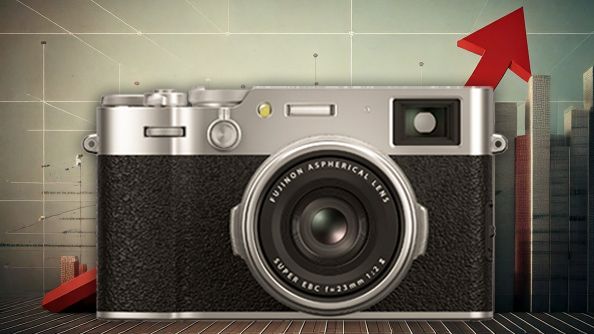Uncharted: The Lost Legacy is like an extra verse for your favorite song
More of the same, for better or worse
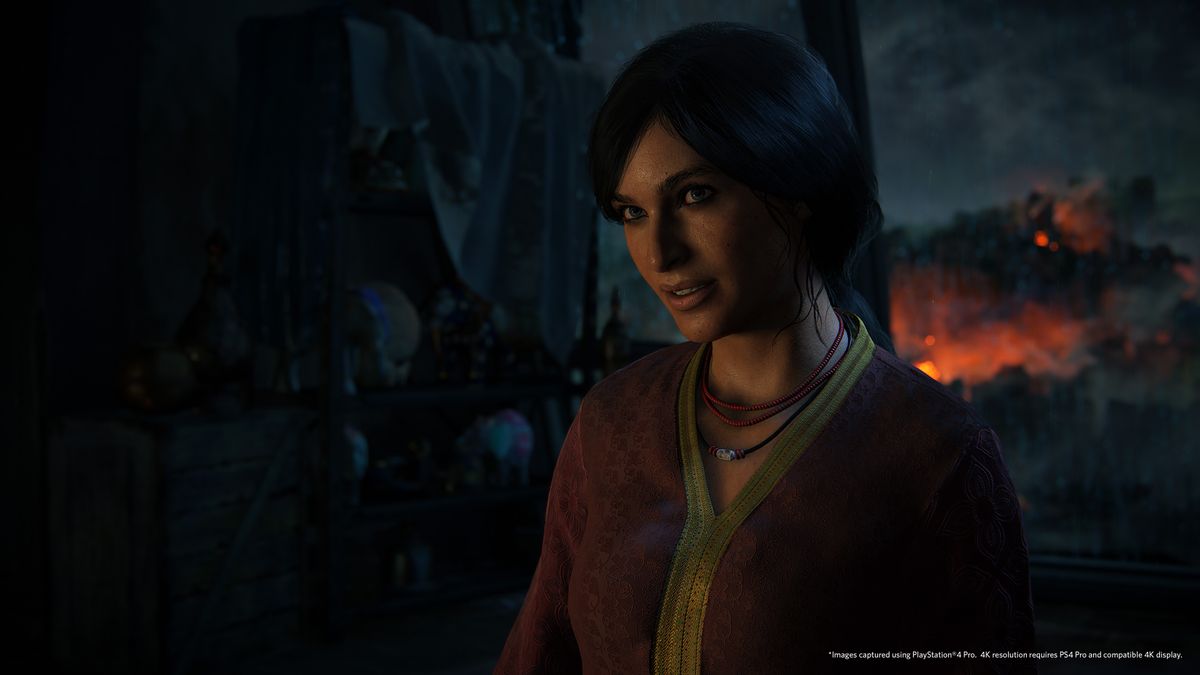
There’s a moment a couple of hours into Uncharted: The Lost Legacy that almost perfectly sums up my feelings on the game.
It comes just after the game’s explosive opening set piece. Playing as Chloe Frazer you’ve narrowly escaped from a band of mercenaries after having stolen the plot McGuffin that will both point you in the direction of the game’s treasure, and - in typical Uncharted fashion - act as a key to unlocking it.
Suddenly you’re in the jungle, using a jeep to get from climbing structure to climbing structure, pulling levers and fighting enemies along the way.
It’s at the beginning of this second section, as Chloe discovers a collection of symbols that correspond exactly to the symbols on her McGuffin, that she utters the line.
“Well, that took less time than I expected” she says as she notices the symbols, and I couldn’t help but agree.
A condensed Uncharted experience
Uncharted has never felt like a slow-paced series, but The Lost Legacy somehow feels like a much more speedy game than its predecessors.
Surprisingly, it does this without cutting anything from the Uncharted experience. The full complement of gameplay styles are here. You tend to begin each section in exploration mode, traversing the environment in a vehicle, before shimmying up and around structures in platforming segments. Then, inevitably, you’ll encounter a bunch of enemies (who are always, ALWAYS, one step ahead of you, no matter how good your supposed archeology skills) which you optimistically approach using stealth, and then turn to a more aggressive (read: shooty) route when your stealth efforts go up in flames.
Get daily insight, inspiration and deals in your inbox
Sign up for breaking news, reviews, opinion, top tech deals, and more.
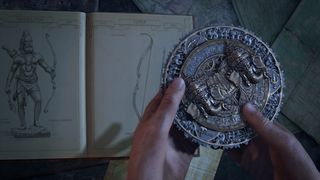
Rather than cutting any of these elements entirely the game instead whips through them much more quickly. You spend a quick five minutes exploring, another couple stealthing, and then a final five fighting before you return to the beginning of the loop.
In this respect it’s a game without excess fat, an experience that’s cut down to the essential core of Uncharted.
The gameplay benefits from this. It has the refined feel of being made by a team that’s already made four of these games and knows exactly what people are coming to them for.
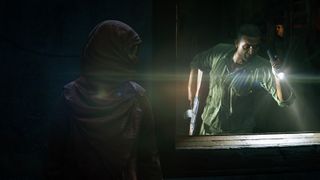
No place for Drake
With this core intact the game doesn’t end up wanting for Nathan Drake. The main protagonist of the four previous Uncharted games is absent from The Lost Legacy, but the game doesn’t feel diminished as a result.
Instead you spend the game playing as the aforementioned Chloe Frazer, a character who first appeared in the second entry of the series.
Frazer is joined by Nadine Ross, who you might remember as one of the antagonists from Uncharted 4.
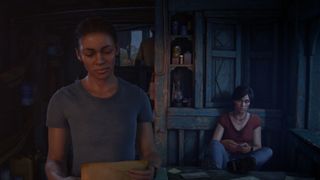
If you’re thinking that this doesn’t sound like the most natural partnership in the world then you’d be right. The two start the game completely at odds with one another, brought together into a business partnership rather than a friendship.
Inevitably, the former soon makes way for the latter as the game progresses. The problem is that here the nippy pacing that works so well for the gameplay can at times make the story feel a little rushed.
It’s not just that cutscenes feel much more frequent than in previous games, it also ends up making the plot progression feel rapid. By the time the two characters start letting their guard down and start bonding with one another it feels like you’ve only just started the game. It’s not exactly rushed, but it happens more quickly than you’d expect.
Charted territory
Aside from the change in protagonist and pacing, The Lost Legacy feels every bit the successor to the Uncharted quadrilogy.
There are minor mechanical improvements here and there. Chief amongst them is the introduction of lock-picking which, for the most part, simply puts an enjoyable mini-game between you and something that’s existed in the series since its inception.
That said, the lock-picking animation includes a lovely little touch whereby Chloe uses one of her own hair clips for the task, neatly explaining why Nathan Drake never bothered with it - he just didn’t have any clips to hand.
The graphics appear to have been incrementally improved over previous entries. The game’s first section in particular seems to have been designed with the PS4 Pro’s HDR in mind and is filled with dark alleyways adorned with bright neon lights.
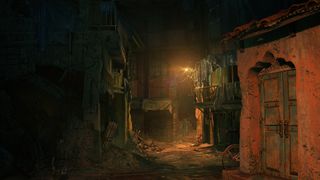
But aside from incremental improvements like these, this is every bit the same Uncharted game that we’ve been playing for the last decade. It’s a summer blockbuster that’s not only capable of shifting PlayStation’s off store shelves, but also consistently feels like it has real heart at its core.
It is, in other words, like getting another verse for your favorite song. The melodies and rhythms that you’re used to are all the same, there’s no jarring key-change, and no weird middle eight breakdown. Nor is this the difficult fifth album where half the team wanted to introduce more experimental elements they'd learned about on meditation camp.
No, this is every bit the Uncharted we’ve come to know and love, which ends up feeling like a relief when you consider how core Nathan Drake has felt to the franchise in the past.
And with this character’s story arc now concluded, proving that the franchise can live on without him is a valuable thing for Naughty Dog to have been able to do.
We just hope the team are prepared to take a few more risks before the formula runs dry.
Jon Porter is the ex-Home Technology Writer for TechRadar. He has also previously written for Practical Photoshop, Trusted Reviews, Inside Higher Ed, Al Bawaba, Gizmodo UK, Genetic Literacy Project, Via Satellite, Real Homes and Plant Services Magazine, and you can now find him writing for The Verge.

